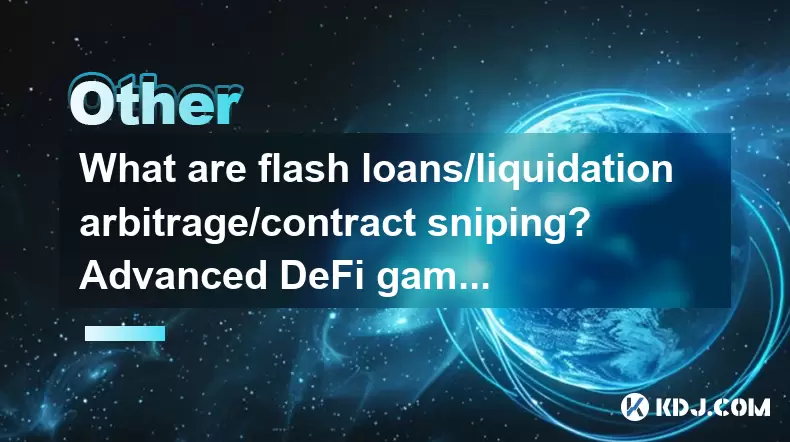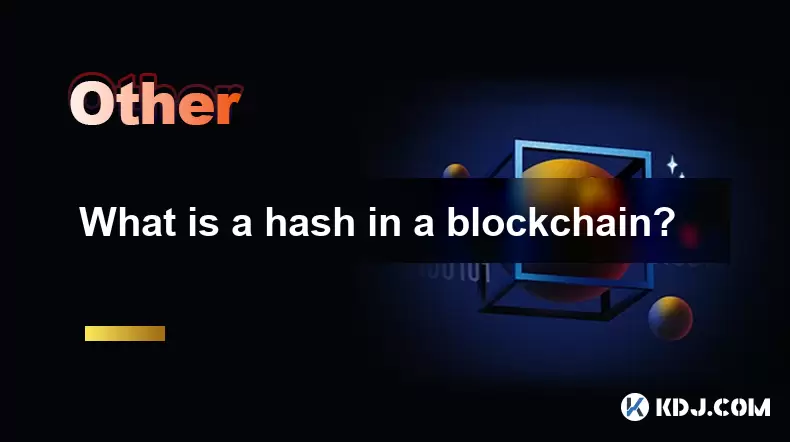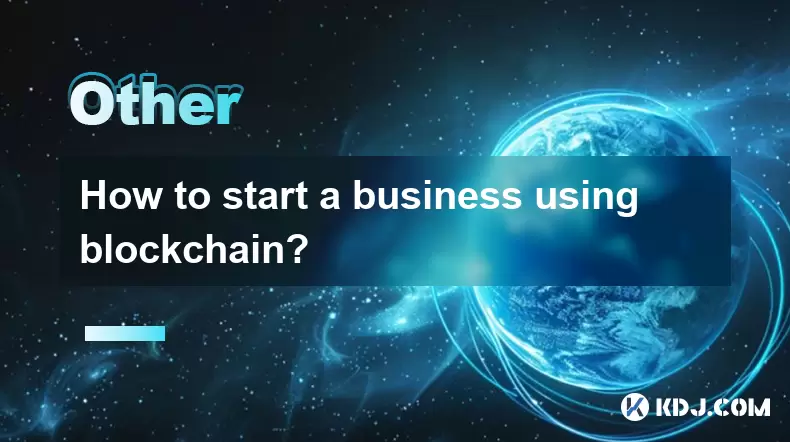-
 Bitcoin
Bitcoin $115200
-2.68% -
 Ethereum
Ethereum $3601
-5.16% -
 XRP
XRP $3.035
-2.96% -
 Tether USDt
Tether USDt $0.9997
-0.04% -
 BNB
BNB $764.5
-5.43% -
 Solana
Solana $168.1
-5.92% -
 USDC
USDC $0.9998
-0.02% -
 Dogecoin
Dogecoin $0.2090
-4.80% -
 TRON
TRON $0.3272
-0.49% -
 Cardano
Cardano $0.7306
-5.00% -
 Hyperliquid
Hyperliquid $39.16
-12.22% -
 Stellar
Stellar $0.3967
-4.96% -
 Sui
Sui $3.566
-5.95% -
 Chainlink
Chainlink $16.55
-6.57% -
 Bitcoin Cash
Bitcoin Cash $552.3
-3.90% -
 Hedera
Hedera $0.2516
-4.69% -
 Avalanche
Avalanche $21.99
-5.75% -
 Toncoin
Toncoin $3.621
-0.28% -
 Ethena USDe
Ethena USDe $1.000
-0.03% -
 UNUS SED LEO
UNUS SED LEO $8.951
0.02% -
 Litecoin
Litecoin $105.9
-3.59% -
 Shiba Inu
Shiba Inu $0.00001232
-5.00% -
 Polkadot
Polkadot $3.640
-5.55% -
 Uniswap
Uniswap $9.048
-7.03% -
 Monero
Monero $301.8
-1.51% -
 Dai
Dai $0.9999
-0.01% -
 Bitget Token
Bitget Token $4.334
-3.66% -
 Pepe
Pepe $0.00001064
-6.17% -
 Cronos
Cronos $0.1367
-5.78% -
 Aave
Aave $259.2
-4.59%
What are flash loans/liquidation arbitrage/contract sniping? Advanced DeFi gameplay analysis
Advanced DeFi strategies like flash loans, liquidation arbitrage, and contract sniping leverage blockchain's unique features for potential profit, but come with significant risks and ethical considerations.
Jun 07, 2025 at 11:00 pm

What are Flash Loans/Liquidation Arbitrage/Contract Sniping? Advanced DeFi Gameplay Analysis
In the world of decentralized finance (DeFi), advanced strategies like flash loans, liquidation arbitrage, and contract sniping have emerged as sophisticated methods for users to potentially maximize their profits. These techniques leverage the unique features of blockchain technology, such as atomic transactions and smart contracts, to execute complex financial maneuvers. In this article, we will delve into each of these strategies, explaining how they work, their potential risks, and the steps involved in executing them.
Flash Loans: Understanding and Execution
Flash loans are uncollateralized loans that must be repaid within the same transaction block. They are primarily used in DeFi to take advantage of arbitrage opportunities, liquidations, and other complex financial strategies. The key advantage of flash loans is that they allow users to borrow large sums of money without any upfront collateral, provided the loan is repaid within the same transaction.
To execute a flash loan, follow these steps:
- Identify an Opportunity: Look for arbitrage opportunities, such as price differences between decentralized exchanges (DEXs) or potential liquidations on lending platforms.
- Initiate the Loan: Use a smart contract to borrow the required amount from a flash loan provider like Aave or dYdX.
- Execute the Strategy: Perform the arbitrage or other financial maneuver using the borrowed funds.
- Repay the Loan: Ensure the loan is repaid within the same transaction block. If the loan is not repaid, the entire transaction is reverted, and no funds are lost.
Flash loans are powerful tools but come with significant risks. If the strategy fails to generate enough profit to repay the loan, the transaction will fail, and the user will not lose any funds but will also not gain any profit.
Liquidation Arbitrage: Maximizing Profits from Collateralized Positions
Liquidation arbitrage involves taking advantage of positions on lending platforms that are at risk of being liquidated. When a user's collateral value falls below a certain threshold, the position can be liquidated, and the collateral can be sold at a discount to cover the loan. Savvy traders can use this mechanism to buy the collateral at a discount and potentially profit from the difference between the discounted price and the market price.
To engage in liquidation arbitrage, follow these steps:
- Monitor Lending Platforms: Keep an eye on platforms like Compound or MakerDAO to identify positions that are nearing liquidation.
- Prepare Funds: Ensure you have enough funds to purchase the collateral at the discounted price.
- Execute the Liquidation: When a position is liquidated, quickly purchase the collateral at the discounted price.
- Sell the Collateral: Sell the purchased collateral at the market price to realize a profit.
Liquidation arbitrage can be lucrative but requires quick action and a deep understanding of the lending platform's mechanics. Additionally, the profit margins can be slim, and there is a risk of the market moving against the trader before they can sell the collateral.
Contract Sniping: Exploiting Smart Contract Vulnerabilities
Contract sniping involves exploiting vulnerabilities in smart contracts to gain an unfair advantage or profit. This strategy can range from front-running transactions to exploiting bugs in the contract code. While contract sniping can be profitable, it is often considered unethical and can lead to significant losses for other users.
To execute contract sniping, follow these steps:
- Identify Vulnerabilities: Use tools like Etherscan or specialized smart contract auditing platforms to identify potential vulnerabilities in DeFi protocols.
- Craft the Exploit: Write a smart contract or script that can exploit the identified vulnerability.
- Execute the Snipe: Deploy the exploit to gain an advantage or profit from the vulnerability.
- Withdraw Profits: Quickly withdraw any profits before the vulnerability is patched.
Contract sniping is a high-risk strategy that can lead to legal repercussions and damage to the DeFi ecosystem. It is essential to approach this strategy with caution and consider the ethical implications.
Risks and Considerations in Advanced DeFi Strategies
Engaging in advanced DeFi strategies like flash loans, liquidation arbitrage, and contract sniping comes with significant risks. Smart contract risk is a primary concern, as any flaw in the contract code can lead to significant losses. Additionally, market volatility can quickly turn a profitable strategy into a loss. It's crucial to thoroughly understand the mechanics of each strategy and the underlying protocols before attempting to execute them.
Furthermore, gas fees can be a substantial cost, especially for complex transactions involving flash loans or contract sniping. Users must factor in these costs when calculating potential profits. Lastly, regulatory risk is an evolving concern, as governments and regulatory bodies may impose restrictions on certain DeFi activities.
Tools and Resources for Advanced DeFi Gameplay
To successfully engage in advanced DeFi strategies, users need access to a variety of tools and resources. Blockchain explorers like Etherscan and BscScan are essential for monitoring transactions and smart contract interactions. Decentralized exchange aggregators like 1inch and Matcha can help identify arbitrage opportunities across multiple DEXs.
Additionally, smart contract auditing platforms like CertiK and Quantstamp provide valuable insights into the security of DeFi protocols. Flash loan providers like Aave and dYdX offer the necessary infrastructure to execute flash loan strategies. Lastly, developer tools like Remix and Truffle are crucial for writing and deploying smart contracts for contract sniping and other advanced strategies.
Case Studies: Real-World Examples of Advanced DeFi Strategies
Examining real-world examples can provide valuable insights into the practical application of advanced DeFi strategies. One notable case involved a flash loan attack on the bZx protocol, where attackers used flash loans to manipulate the price of an asset and profit from the resulting liquidation. This incident highlighted the potential risks and rewards of flash loans and led to increased scrutiny of DeFi protocols.
Another example is the liquidation arbitrage on Compound, where traders took advantage of positions nearing liquidation to buy collateral at a discount and sell it at a profit. These cases demonstrate the importance of understanding the mechanics of each strategy and the potential for significant gains and losses.
Frequently Asked Questions
Q: Are flash loans available on all DeFi platforms?
A: No, flash loans are only available on platforms that support them, such as Aave and dYdX. Users must check the specific platform's documentation to see if flash loans are supported.
Q: Can liquidation arbitrage be automated?
A: Yes, liquidation arbitrage can be automated using smart contracts and bots that monitor lending platforms and execute trades when liquidation opportunities arise. However, automation increases the complexity and potential risks of the strategy.
Q: Is contract sniping illegal?
A: Contract sniping can be considered illegal or unethical depending on the jurisdiction and the specific nature of the exploit. It is important to consult legal advice before engaging in contract sniping activities.
Q: How can I protect myself from being a victim of contract sniping?
A: To protect yourself from contract sniping, use audited smart contracts, monitor your transactions closely, and avoid interacting with unknown or untrusted DeFi protocols. Additionally, staying informed about common vulnerabilities and best practices can help mitigate the risk.
Disclaimer:info@kdj.com
The information provided is not trading advice. kdj.com does not assume any responsibility for any investments made based on the information provided in this article. Cryptocurrencies are highly volatile and it is highly recommended that you invest with caution after thorough research!
If you believe that the content used on this website infringes your copyright, please contact us immediately (info@kdj.com) and we will delete it promptly.
- Cardano Price, Pi Network, and Crypto Presales: What's the Buzz?
- 2025-08-02 08:50:12
- XRP Fund Success: Teucrium CEO Reveals Trillions on the Horizon
- 2025-08-02 09:10:12
- Challenge Coins: More Than Just Collectibles – A Military Tradition
- 2025-08-02 08:30:12
- Under the Radar: Hunting for 100x Crypto Gems in a Pi Network World
- 2025-08-02 08:30:12
- Bitcoin, Solana, and Altcoin Season: What's Hot and What's Not?
- 2025-08-02 07:10:12
- Toncoin, Rollblock, and the Token Offering Landscape: A New York Minute
- 2025-08-02 07:10:12
Related knowledge

What is the difference between a blockchain and a database?
Aug 01,2025 at 09:36pm
Understanding the Core Structure of a BlockchainA blockchain is a decentralized digital ledger that records data in a series of immutable blocks linke...

What is a hash in a blockchain?
Aug 02,2025 at 05:28am
Understanding the Concept of Hash in BlockchainA hash in the context of blockchain technology refers to a unique digital fingerprint generated by a cr...

What is a hash in a blockchain?
Aug 02,2025 at 04:43am
Understanding the Concept of Hash in BlockchainA hash in the context of blockchain technology refers to a unique digital fingerprint generated by a cr...

Who created blockchain?
Aug 02,2025 at 05:15am
What Is Blockchain and Why Does Its Origin Matter?Understanding who created blockchain begins with recognizing what blockchain actually is. Blockchain...

How to start a business using blockchain?
Jul 28,2025 at 12:36am
Understanding the Basics of Blockchain TechnologyBefore diving into the process of starting a business using blockchain, it's crucial to understand wh...

What is a token on the blockchain?
Jul 21,2025 at 07:00am
Understanding the Concept of a TokenIn the realm of blockchain technology, a token is a digital representation of an asset or utility that exists on a...

What is the difference between a blockchain and a database?
Aug 01,2025 at 09:36pm
Understanding the Core Structure of a BlockchainA blockchain is a decentralized digital ledger that records data in a series of immutable blocks linke...

What is a hash in a blockchain?
Aug 02,2025 at 05:28am
Understanding the Concept of Hash in BlockchainA hash in the context of blockchain technology refers to a unique digital fingerprint generated by a cr...

What is a hash in a blockchain?
Aug 02,2025 at 04:43am
Understanding the Concept of Hash in BlockchainA hash in the context of blockchain technology refers to a unique digital fingerprint generated by a cr...

Who created blockchain?
Aug 02,2025 at 05:15am
What Is Blockchain and Why Does Its Origin Matter?Understanding who created blockchain begins with recognizing what blockchain actually is. Blockchain...

How to start a business using blockchain?
Jul 28,2025 at 12:36am
Understanding the Basics of Blockchain TechnologyBefore diving into the process of starting a business using blockchain, it's crucial to understand wh...

What is a token on the blockchain?
Jul 21,2025 at 07:00am
Understanding the Concept of a TokenIn the realm of blockchain technology, a token is a digital representation of an asset or utility that exists on a...
See all articles

























































































